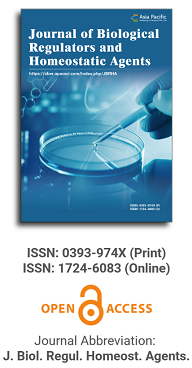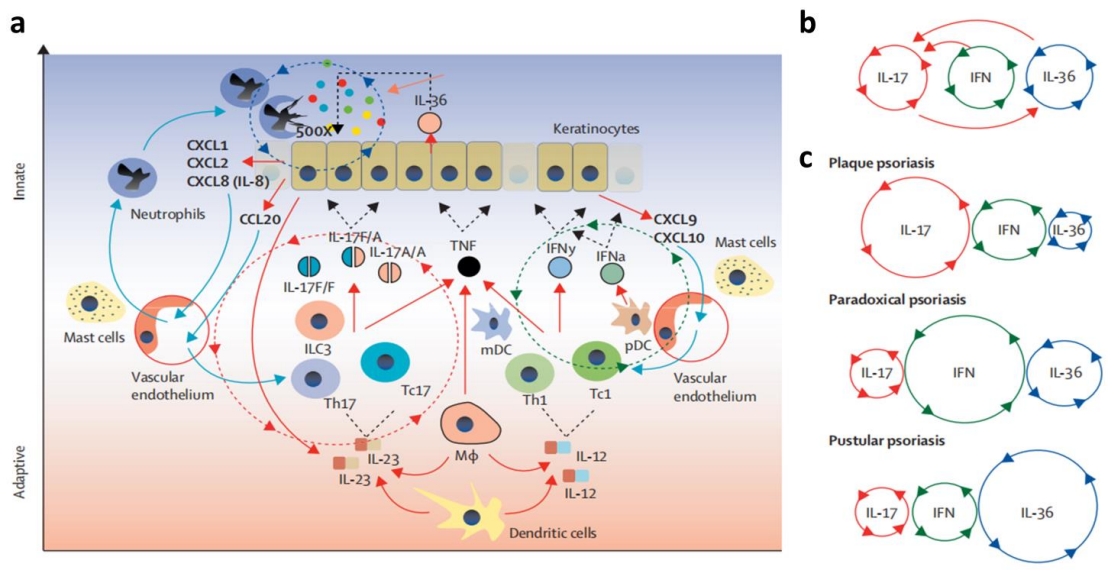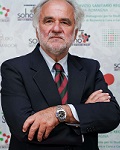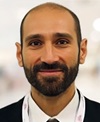
Asia Pacific Academy of Science Pte. Ltd. (APACSCI) specializes in international journal publishing. APACSCI adopts the open access publishing model and provides an important communication bridge for academic groups whose interest fields include engineering, technology, medicine, computer, mathematics, agriculture and forestry, and environment.

Influence of titanium laser surface geometry on proliferation and on morphological features of human mandibular primary osteoblasts
Vol 26, Issue 3, 2012
Abstract
The aim of this study is to assess in vitro the proliferation and the morphological changes of primary osteoblast-like cells (HOst) seeded on titanium dish grade 4 and 5 with different roughness and different titanium grade: machined (M), sandblasted (SBT), laser-treated with pitches of 20-microm diameter and 30-microm interpore distance. The titanium disks were divided into two groups: group A (titanium grade 4) and Group B (titanium Grade 5), respectively. Proliferation rate of attached cells was evaluated at different time (24, 48, 72 h and 1 week) by the quantitative colorimetric MTT assay. Our results showed a cell growth decrease evident in M titanium surfaces in both Groups A and B, while the cells seeded on the STB and laser disks displayed an increase of cells growth, more evident in laser titanium surfaces in groups A and B. Morphological changes of the biocomplex cells/titanium was assessed by light, scanning and confocal microscopy. In fact, the microscopic analysis helped to clarify the behavior of the cells in contact with the titanium surfaces, in particular the M surface induced significant morphological changes, which were less evident in the SBT surfaces. Laser-engineered porous titanium surfaces promoted viability and proliferation of the osteoblasts. In particular, hemispherical porosity of 20 microm could be responsible for the higher HOst activation, in terms of cells proliferation, adhesion and morphological features.
Keywords
References
Supporting Agencies
Copyright (c) 2012 B. Sinjari, S. Guarnieri, F. Diomede, I. Merciaro, M.A. Mariggio, S. Caputi, O. Trubiani

This site is licensed under a Creative Commons Attribution 4.0 International License (CC BY 4.0).

Medical Genetics, University of Torino Medical School, Italy

Department of Biomedical, Surgical and Dental Sciences, University of Milan, Italy

